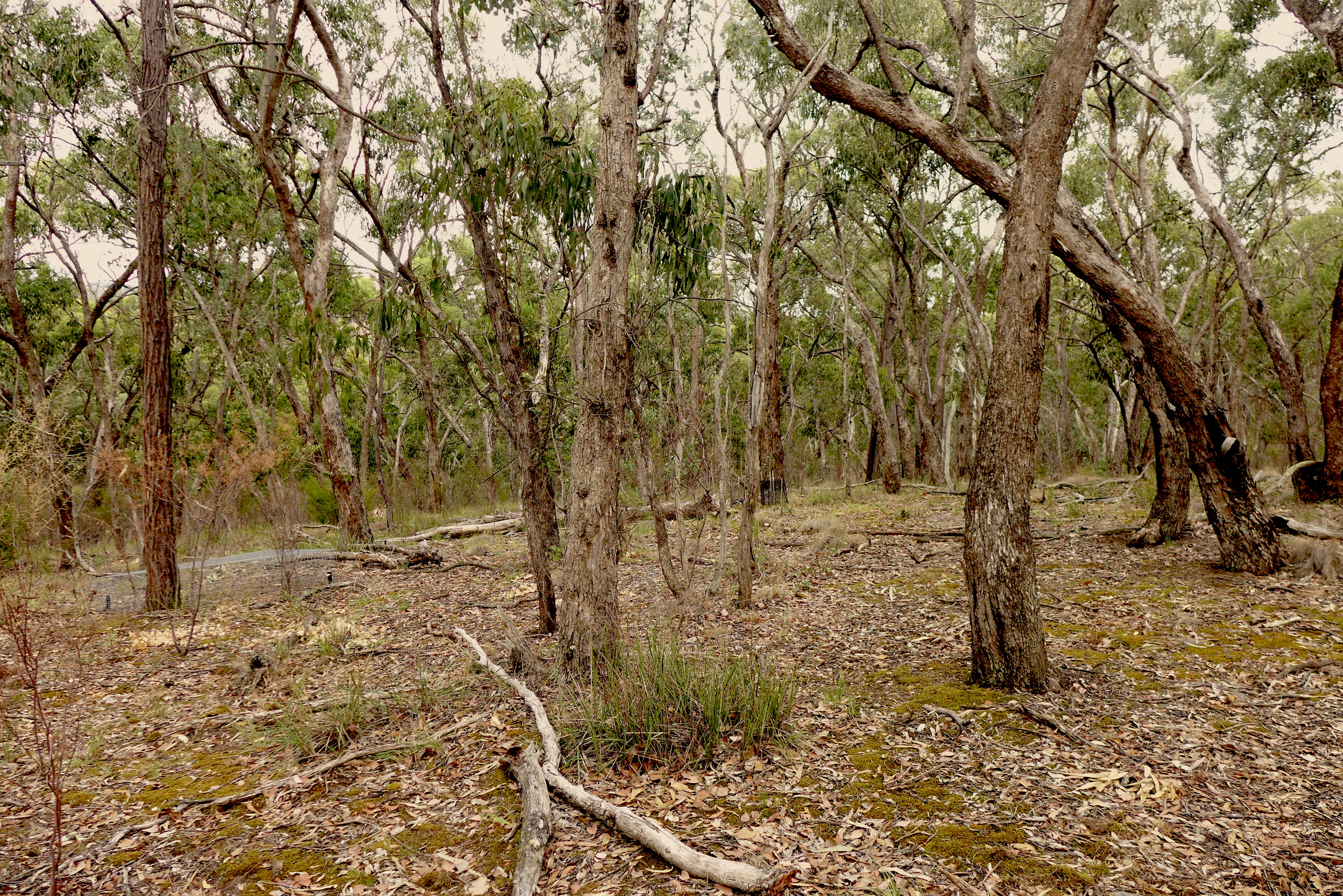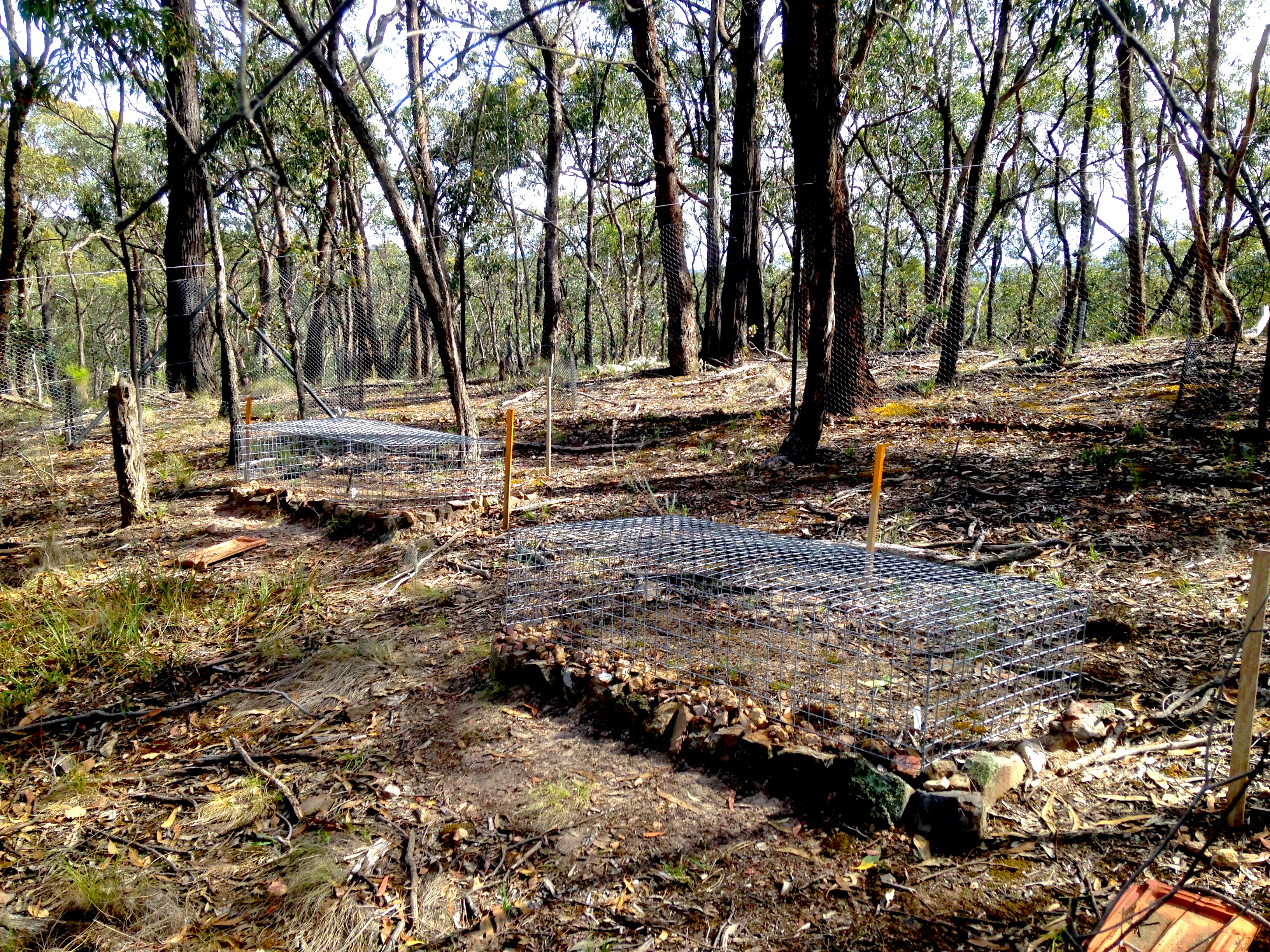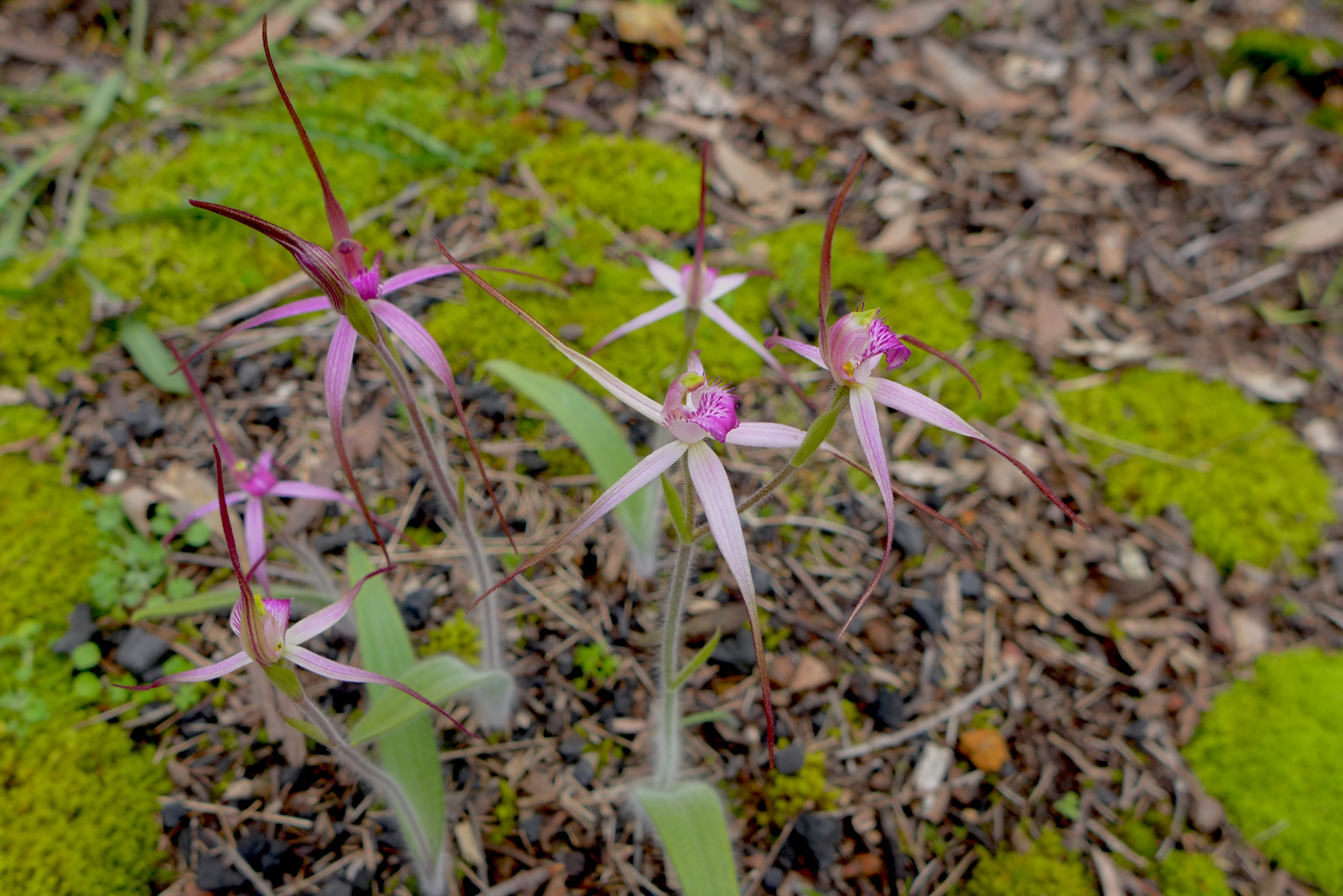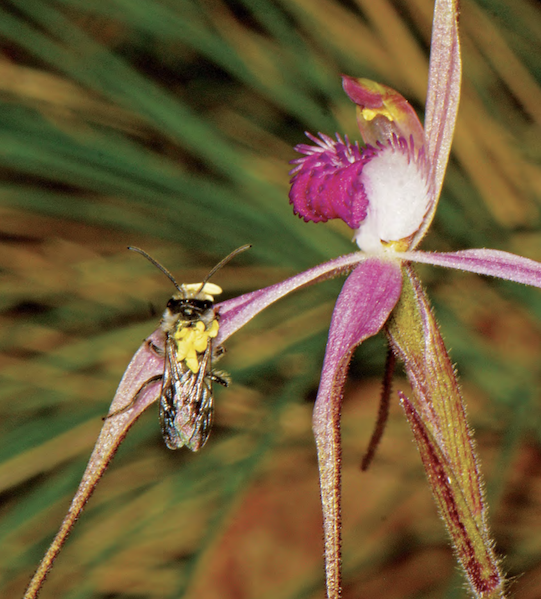Acacia Environmental Management deliver strategic planning and service delivery in partnership with primary land managers. Acacia can assist agencies tasked with land management understand their regulatory requirements, site values and threatening processes impacting their site/s. A tailored plan can be developed to suit the specific needs of your organisation – we can even deliver the on-ground works.
"The number of Rosella Orchids have declined because of habitat loss and fragmentation. We are proud to be apart of Nillumbik Shire Councils' recovery program for this beautiful Victorian plant."
- Acacia Ecologist / Senior Project Manager
In 2018, Nillumbik Shire Council coordinated the reintroduction of the Endangered Rosella Spider Orchid. This species is listed federally under the EPBC Act and is only know from four remaining populations, all within Nillumbik Council including Christmas Hills, Eltham South, Cottles Bridge and Research. This terrestrial orchid has developed complex associations with other organisms that have important symbiotic relationships to complete the orchids life cycle. The Rosella Spider Orchid is reliant on exchanges between specific soil mycorrhizae, and is dependent upon a small species of native bee (Leioproctus platycephalus) that pollinates the flowers by offering the bee a nectar reward. Seed was collected from a natural population, then germinated and grown in the laboratories at the Victorian Royal Botanic Gardens. In 2019, tubers were planted at a secret Bushland Reserve with the aim of developing a new population occurring within its natural habitat.
Acacia was engaged to provide specialist advice and undertake works to re-introduce and establish a new population of the Rosella Spider Orchid.
An appropriate site within a council bushland reserve was required that met very specific micro-habitat conditions suitable for the orchid. Acacia was also employed to monitor and provide annual orchid data to document the progress and success of the recovery program. Site preparation was also required prior to the re-introduction which involved:

An appropriate site within Nillumbik Shire Council bushland reserve was required, that met very specific micro-habitat conditions suitable for the orchid.

The site was prepared for 400 plants to be revegetated.
Acacia and its team of Ecologists identified a site that met the specific habitat requirements for the orchid, including the appropriate EVC and sub-community. In 2018, a predator proof fence was constructed, and weed control undertaken to prepare the site. 400 plants were revegetated to provide habitat conditions suitable for the pollinator species.
And in 2019, 40 Rosella Spider Orchid tubers were very sensitively removed from their pots and planted into the site. Each plant was assigned a code for individual monitoring, with specific features recorded each year to document survival and fertility rates.

There are currently less than 300 known Rosella Spider-orchid plants in the wild. Planted by Acacia Environmental and Nillumbik Shire Council representatives
Despite many tubers being too small to survive the transplant shock, the majority of large plants have survived into their second and third years. Ten of the surviving plants (50%) have flowered in 2020, and many seedlings were observed for the first time after their initial flowering season in 2019. Additionally, some plants were naturally pollinated confirming the presence of the pollinator and the suitability of the site. Other flowers were artificially pollinated by the experienced ecologists at Acacia to help secure the new population and improve its genetic diversity.
This project has required a strong dedication by the team at Acacia to monitor each plant on a weekly basis and record data during the orchid’s growing season. It has involved an intimate knowledge of the habitat requirements and conditions suitable to the recovery of Victoria’s threatened flora taxa and the ability to provide specialist advice to help preserve the species. It has also required the flexibility of the team to respond rapidly to changes in site conditions such as weather conditions, by providing supplemental watering, and to new threats, such as insect damage that have the ability to wipe out new generations almost overnight.

Image: A male short-tongue bee Leioproctus obscurus with pollina from Caladenia rosella. Credit: The Orchadian, Rudie H Kuiter.